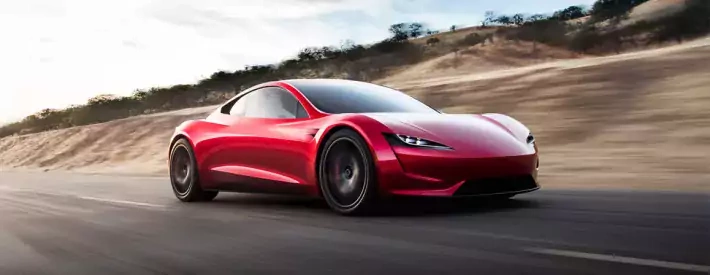How it works: Regenerative braking

Recouping energy under braking is one way to make EVs that little bit more efficient. Here’s how the technology works.
One of the many advantages of a full electric or hybrid vehicle is that the energy which would normally be lost during braking can instead be recuperated.
As a reminder for those among us whose physics lessons were a while ago: energy can’t be destroyed, only converted. On a combustion-powered vehicle, pushing the brake pedal presses pads onto a disk. The vehicle’s kinetic energy is then converted to heat via friction, and the vehicle slows down. Unfortunately, that heat energy is lost to the atmosphere. Seems like an enormous waste, right?
In an EV, on the other hand, regenerative braking converts the kinetic energy into electrical energy, and then into chemical energy stored in the battery. This can then be reused to power the vehicle.
On most EVs, battery-to-wheel and wheel-to-battery conversion efficiency is about 80%. The braking energy is converted twice for a net efficiency of 80% x 80% = 64%. Aerodynamic losses and the rolling friction of the tyres also slow the vehicle, but the energy dissipated there can’t be recovered. All the same, 64% of the braking energy being recouped is a major step in improving efficiency.
The control methods for regeneration vary depending on the type of motor. A motor with a permanent magnet rotor generates electricity in the stator windings at all times when it is being turned by the kinetic energy of the vehicle. The motor controller sets the level of regeneration torque by adjusting the stator windings. The motor then becomes a generator during braking.
Tesla, on the other hand, uses AC induction motors, which instead of permanent magnets have a “squirrel cage” embedded in a laminated steel rotor. A current is induced into the rotor, and this produces the magnetism. Algorithms in the motor controller give it complete control of the torque for both driving and regeneration. The controller converts the command from the driver into the appropriate three-phase voltage and current waveforms to produce a positive or negative torque. When the torque slows the vehicle, the energy is returned to the battery.
Regenerative braking is reduced when the batteries are fully charged. Additional charge would cause the voltage of the battery to rise above a safe level, so the motor controller limits the regeneration torque.
What’s more, it is possible to bring a vehicle to a complete stop using regeneration. However, the kinetic energy of a slow-moving vehicle is so low that little energy is put back into the battery.
It’s worth noting that when braking torque is applied to the rear wheels, it can cause a car to become unstable. The Tesla Roadster, for example, uses the traction control
system to limit regeneration if the rear wheels start to slip.
All told, regenerative braking alters the driving experience in ways that are not available to a combustion-powered vehicle. Some people even find the control of instant positive and negative torque with your right foot a more comfortable way to drive.




